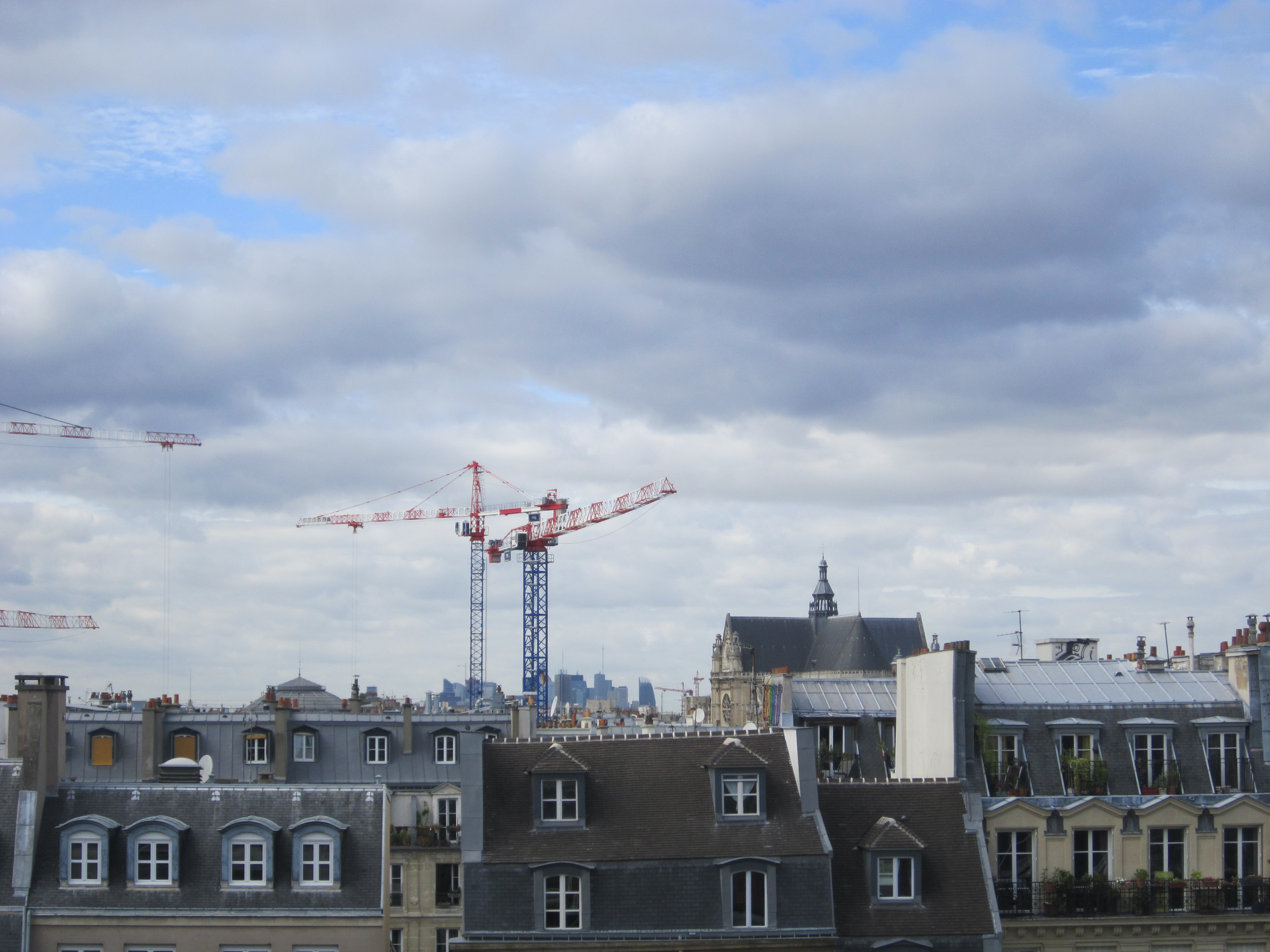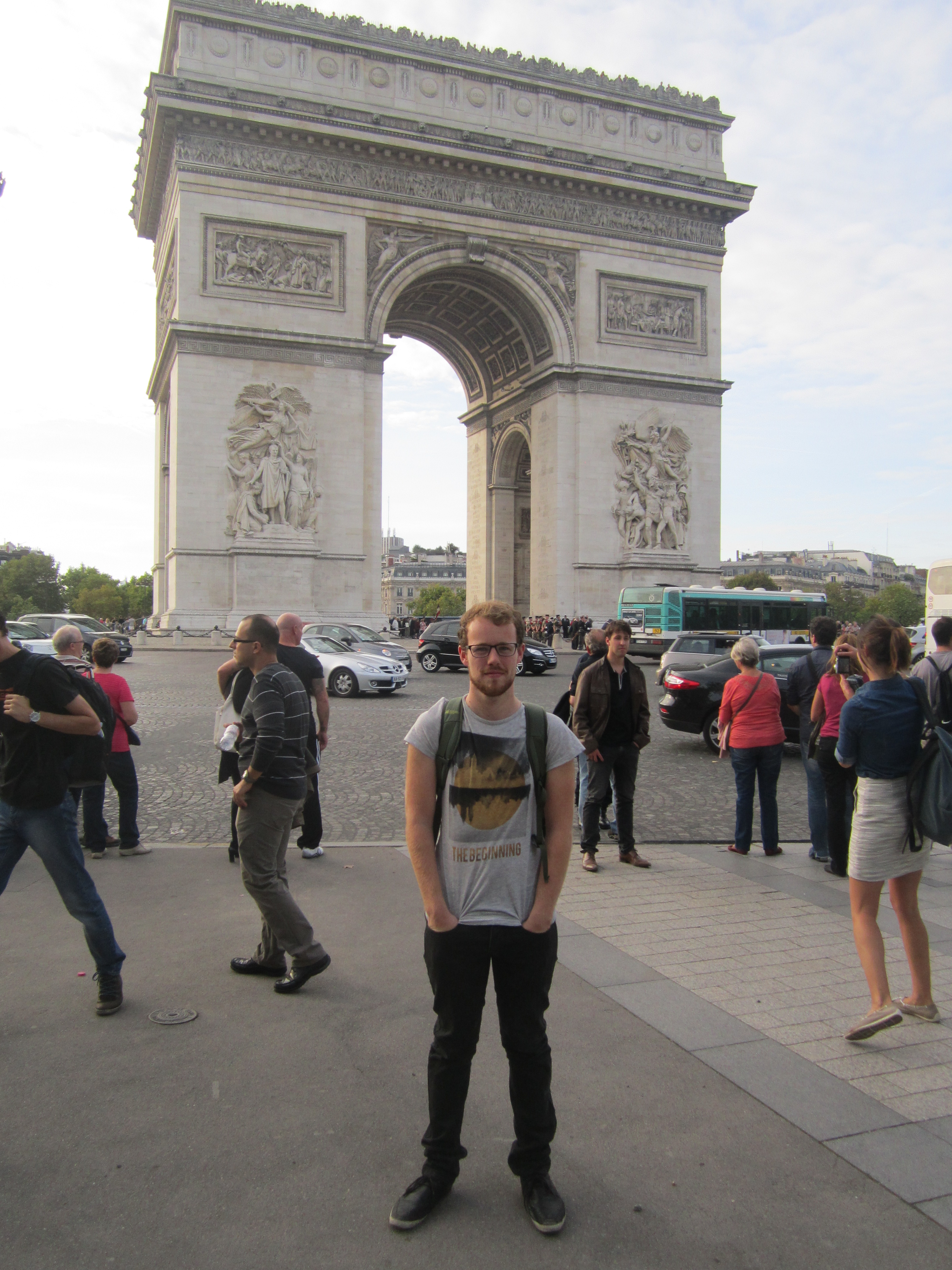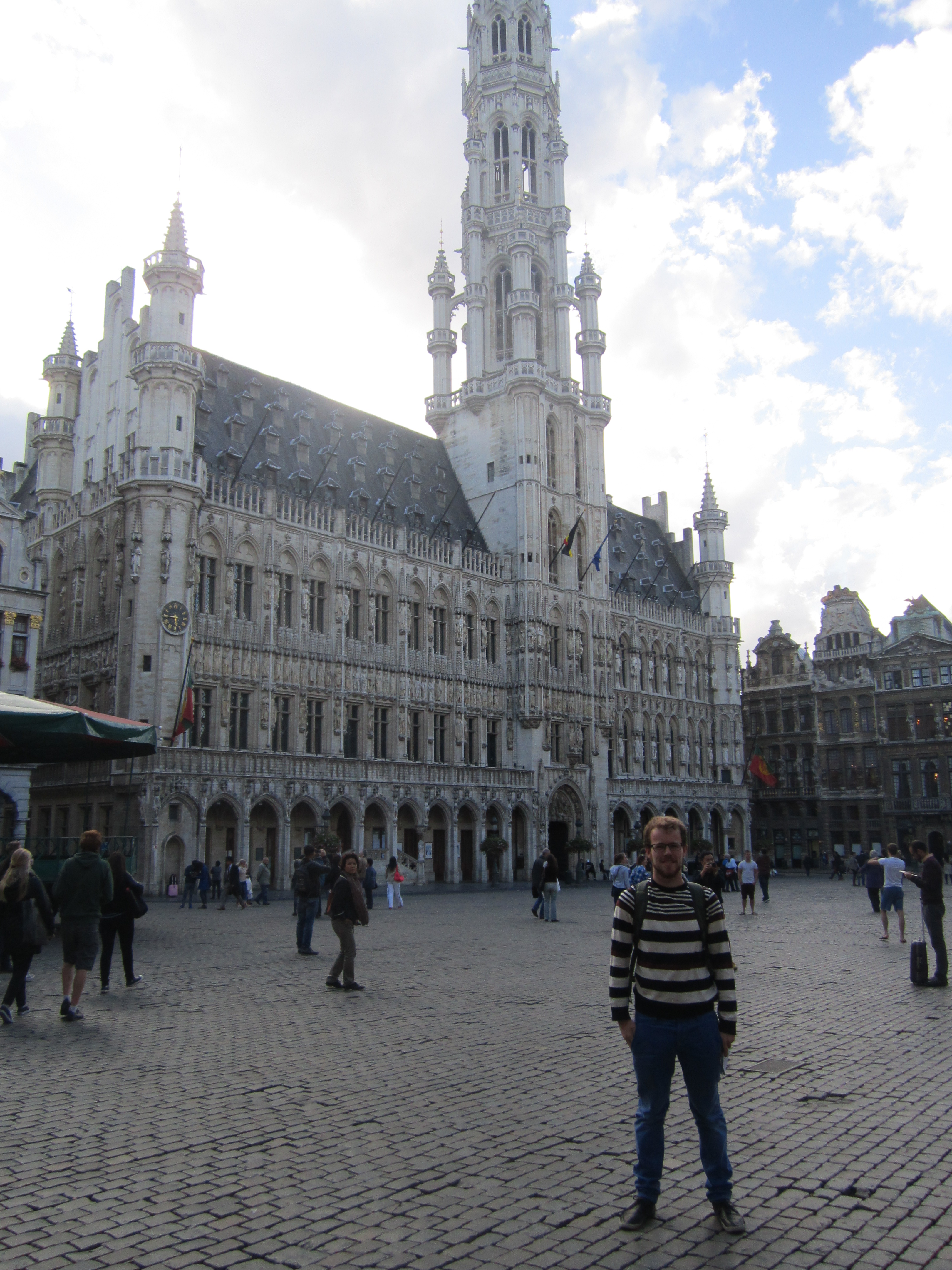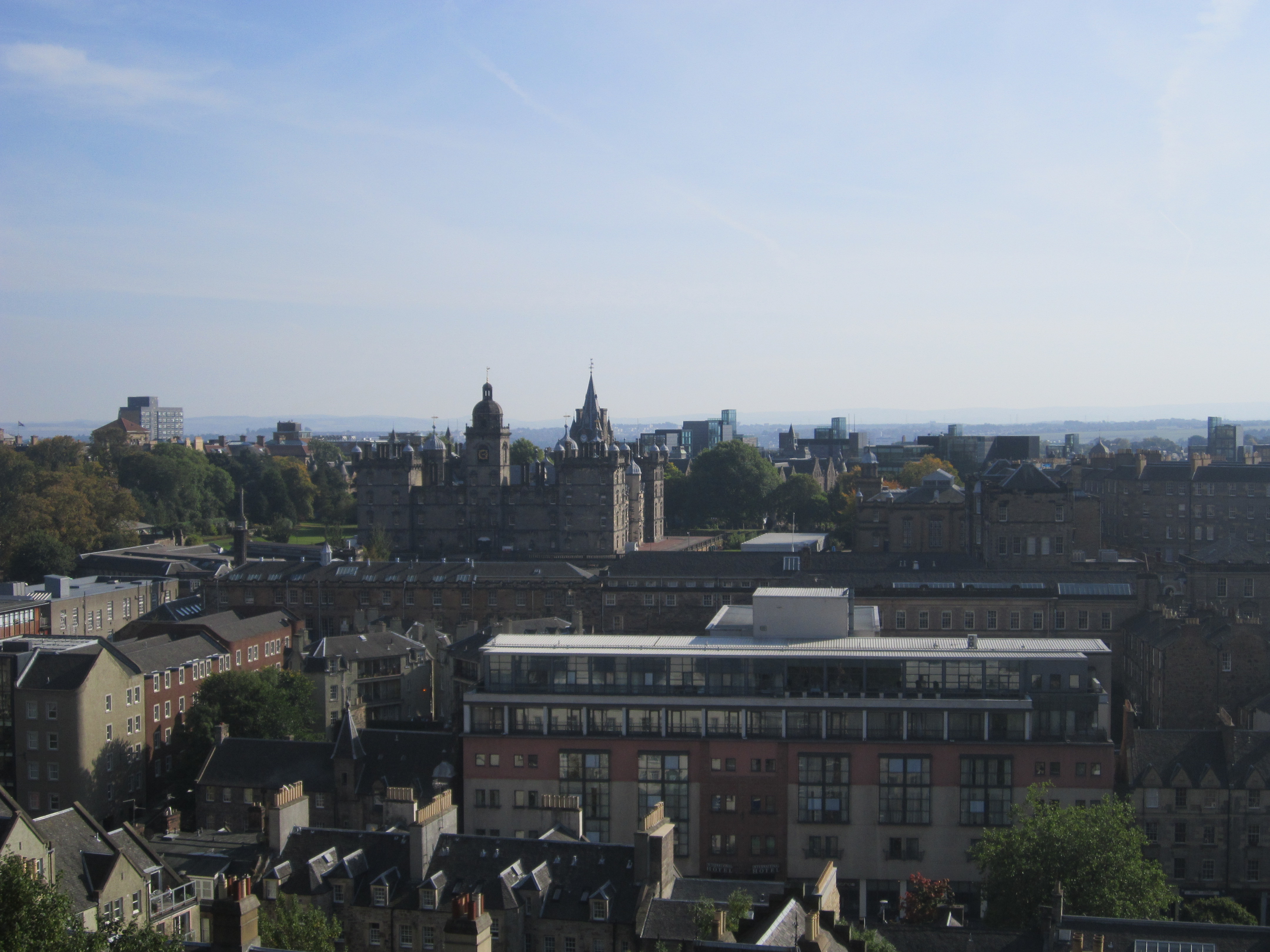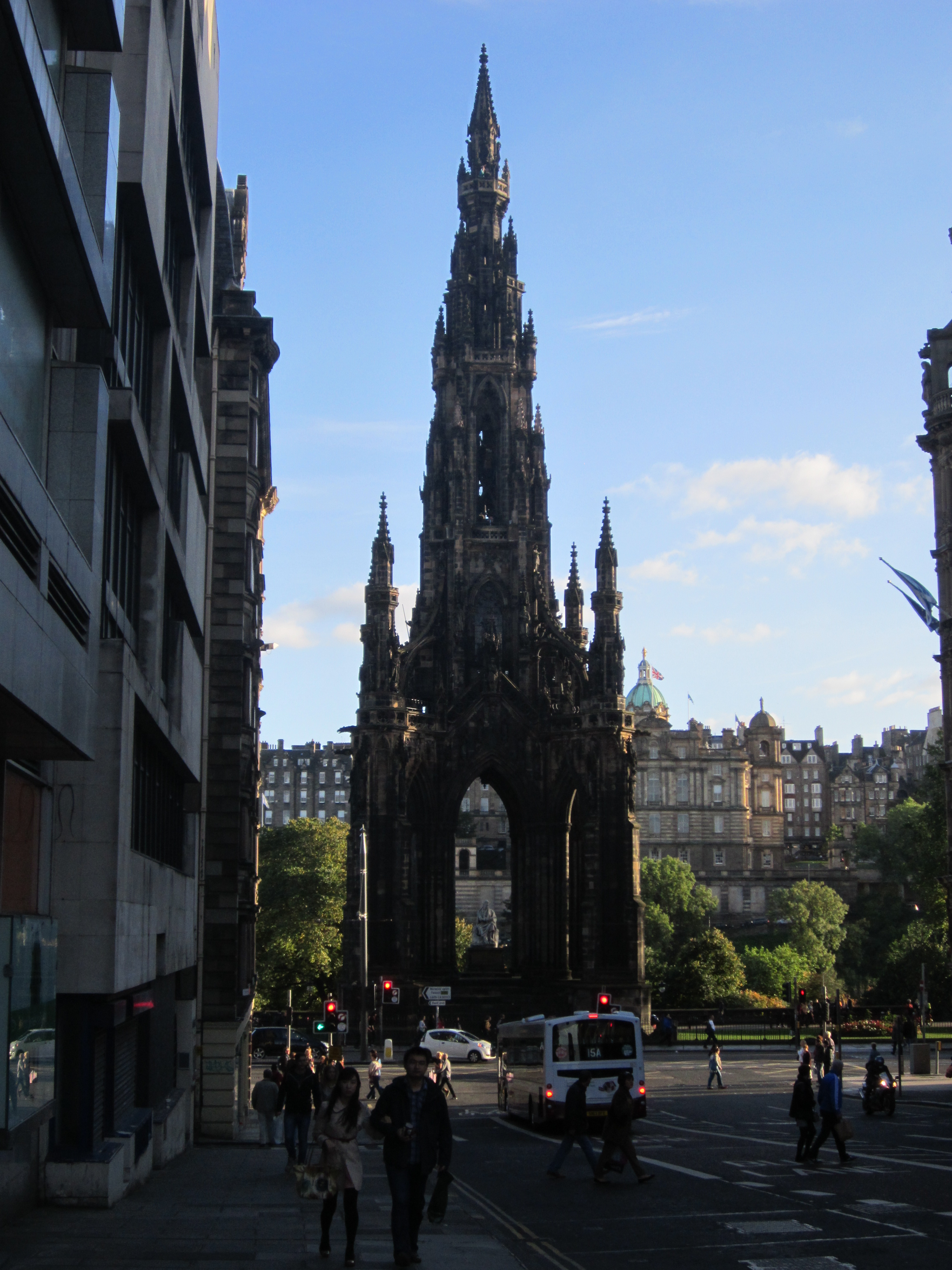I suppose it’s the sound. It’s always there; you can close your eyes but not your ears. Noise: it’s the scream of the drunks when I go to sleep it’s the honk of the horns outside waking me up– my lullaby my alarm. The rush of cars is a cyclone around your head, the whooshing following each footstep. It’s the sounds of a real city. And it’s exhilarating.
It’s always there but it’s always different: sitting on the Champs Elysee now, the rush of the cars take on an echo, as dusk settles in and the arc lights up, as the hollow horns of the marching band blare to the raising of the tri-colored flag– so different from the sticky sounds of summer days, smog and haze. Bringing this many people together creates an overload, so every sense is heightened like an overtuned violin.
Paris is my first real city. When I moved to Vancouver it was excited just to live near big buildings, but while its metropolitan area has over two million people, the city itself has closer to six-hundred thousand. So it becomes a bit of an illusion, something which becomes apparent walking down Granville street at two in the morning. It’s dead: the high rises become blocks of concrete, without lights or people to differentiate it from the darkness around it.
Paris has the opposite effect. A picture of Paris will show you lovely boulevards, beautiful statues, and orderly apartments arranged in obsessive grids of triangles and lines. Really, the North American image of Paris is little more lively than a museum (Louvre anyone?). This image gives you nothing of its gritty underbelly, its life, its sheer amount of people.The picture at the top of this blog, which I took on top of the Centre Pompidou, is not the kind of image often associated with Paris: a view of the wing of skyscrapers of la defense, obstructed only by five to six cranes– no Churches or monuments in sight. It certainly hits closer to the truth. Vancouver: a city centralled around its skyscrapers, vacated by people at night as they run to the suburbs (ie, almost every other North American city). Paris: a city where its high rises are banished to the suburbs, as more people than a Canadian can imagine are crammed into these ‘orderly’ apartments. That description of Paris sounds closer to Mumbai than Montreal, and so maybe I’m dramatizing, but rest assured, Paris is no museum.
A major city like Paris contains a little bit of everyone. Yes I’m looking at the Louis Viton and Dior stores as the exquisitely dressed exit them right now. It doesn’t mean I don’t have to watch my bag everywhere I go. Big city means big responsibilities, and while Gastown allowed me to stumble around extremely drunk, I couldn’t do the same in the Oberkampf here (all right I can still have fun, but no more passing out on random curbsides). Or there’s the things I’ve seen, like homelessness on a scale that rivals Vancouver as an entire city. Like the fifteen year old girl holding her twelve month old baby, cradling her silently not even bothering asking for money, on the corner of St Germain-de-Pres (one of the wealthiest streets in the whole city). Or the Gypsies who engage tourists in all their schemes and scams because they’re not allowed to work in any normal fashion. These are the things I won’t un-see.
But a city like Paris, as I mention above, engages me in a way a Canadian city never could. Paris sprawls every which way, from the banks of the dirty historic river, to the beating heart of the arc, to the watchful Sacre Coeur on the mont, to the entangled dirty and fascinating jungle of the Bastille district. Every day there’s something new, like today when I decided to bike off in a random direction (find seven new amazing Churches on my way? classic Paris). Every night is a new bar or chance to meet new people, meaning every night holds the possibility of being the best night of my life. The classic phrase “Urban Jungle” really becomes such a perfect term, in that in this connecting concrete glued together by people and noise, each step is a step into something new, an adventure.
When I chose Paris, one of my goals was to discover whether I could handle a big city– whether moving to a place like London or New York was just the fantasy of an inexperienced Canadian, or something I really had to do. I haven’t learned whether I can do a big city (after all, going on exchange really isn’t living in a place so much as being on an extended four month vacation). What I’ve learned is that I have to live in a place like this. Maybe it would be Paris, maybe it would be– hey why not– Shanghai. It’s not the city so much as a city. Because after these four months, I couldn’t sleep to silence again.
